The "smart" city of the future in which no one lives: how the most ambitious construction project in Asia failed
Categories: Asia | Design and Architecture | Technology
By Pictolic https://pictolic.com/article/the-smart-city-of-the-future-in-which-no-one-lives-how-the-most-ambitious-construction-project-in-asia-failed.htmlIn 2002, 25 kilometers from Seoul, the construction of Songdo began — the city of the future, which was supposed to turn the idea of the wealthy residents of the capital of South Korea about life in a modern metropolis.
Located just an hour's drive from Seoul, the eco-friendly city, filled with technological infrastructure and greenery, was supposed to be a contrast to the overpopulated capital, whose residents suffer from endless traffic jams, pollution, heaps of buildings and lack of urban space.
Many years later, almost no one lives in a city designed for 300 thousand people, and infrastructure and high-tech buildings are not used by anyone. Those few who decided to settle in the promised high-tech utopia compare SongDo with an abandoned prison.
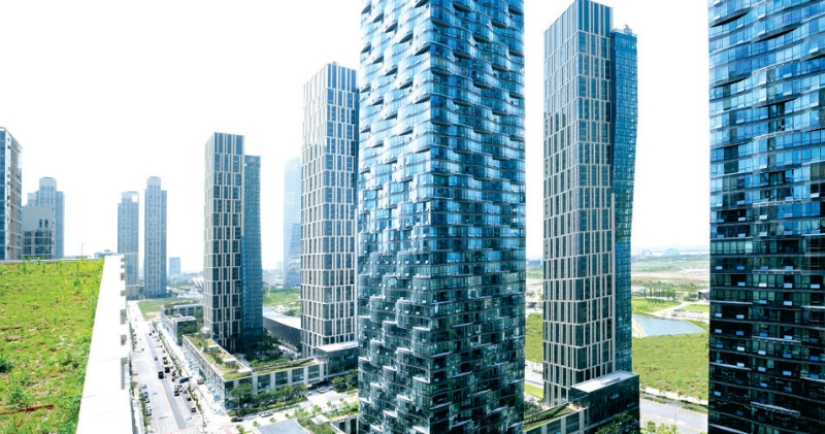
The construction of the "first smart city" cost $ 40 billion. Residents were offered a new eco—friendly environment with a large number of parks and green areas, as well as everything they need within walking distance - shops, entertainment, clinics and schools.
Investors were told that they were investing in the future educational and business center of Korea, which would soon compete with the leading Asian megacities.
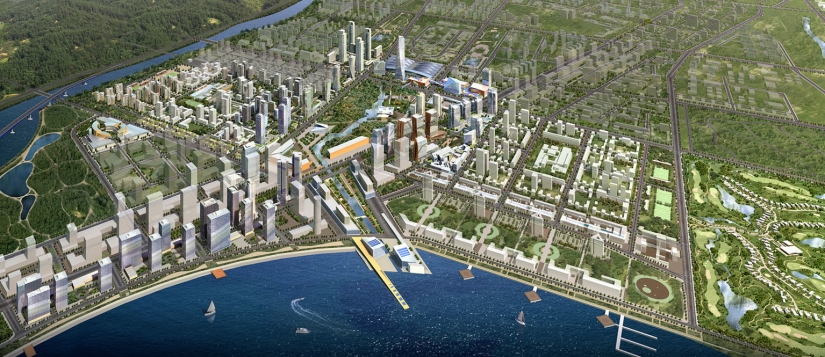
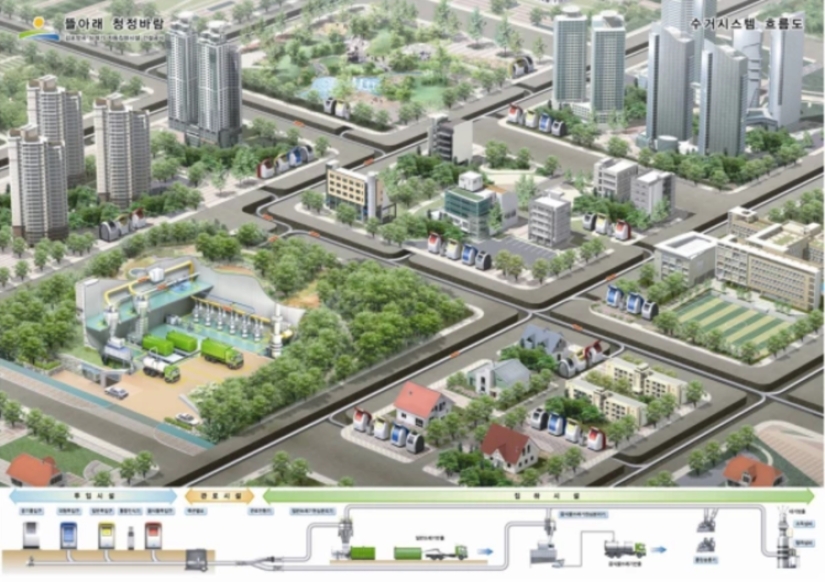
It was planned that the city would cope with the problems plaguing large megacities: the amount of garbage, car exhaust, traffic jams and polluted public environment. They wanted to reduce the number of vehicles to a record low — roads were built only for long-distance travel, mostly local residents had to travel by bicycle and use public transport.
This is how the advertising images of the city look like:
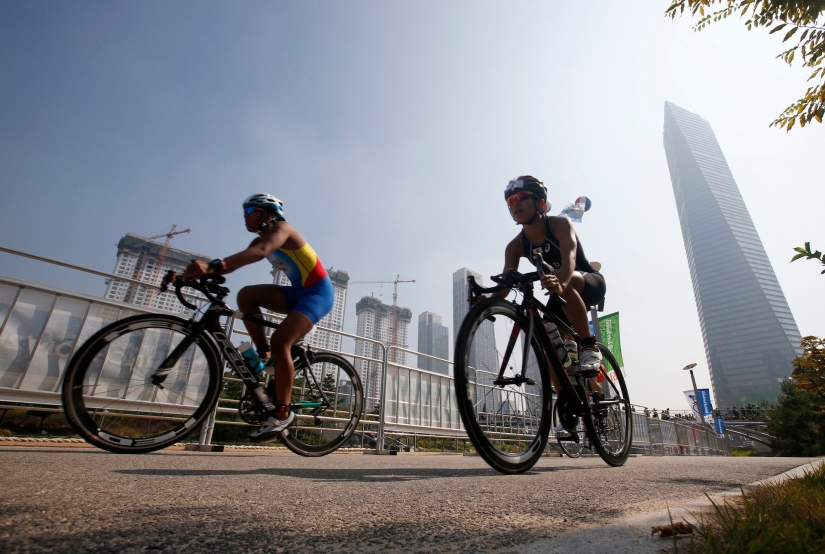

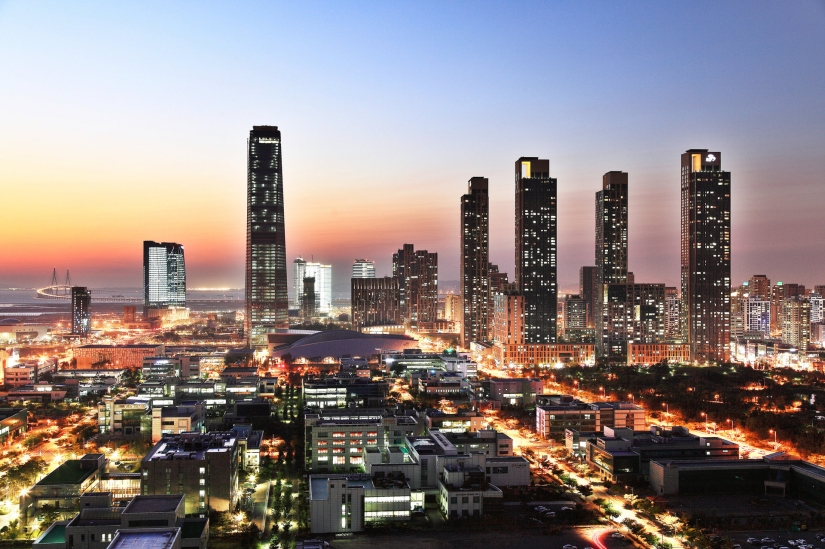
In fact, the project failed: the few who moved to Sondo say that nothing works in the city, most of the buildings are dusty boxes, and the vacant lots where future projects were planned remain untouched, giving the whole city the appearance of an abandoned construction site.
The authors of the project failed to solve the main problem — to populate the city with people. And how can this be done if almost all large settlements developed naturally, and in this case people were expected to be attracted to an artificial city created from scratch.
Here's what Sondo looks like today:

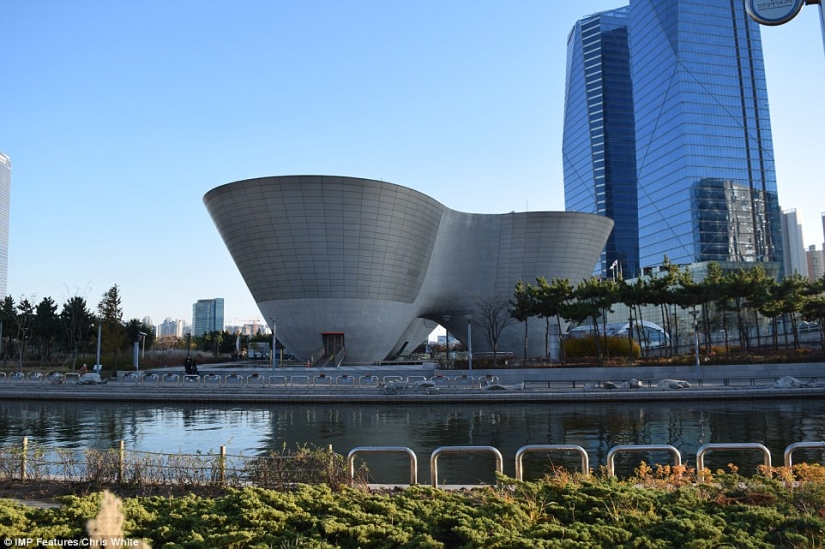
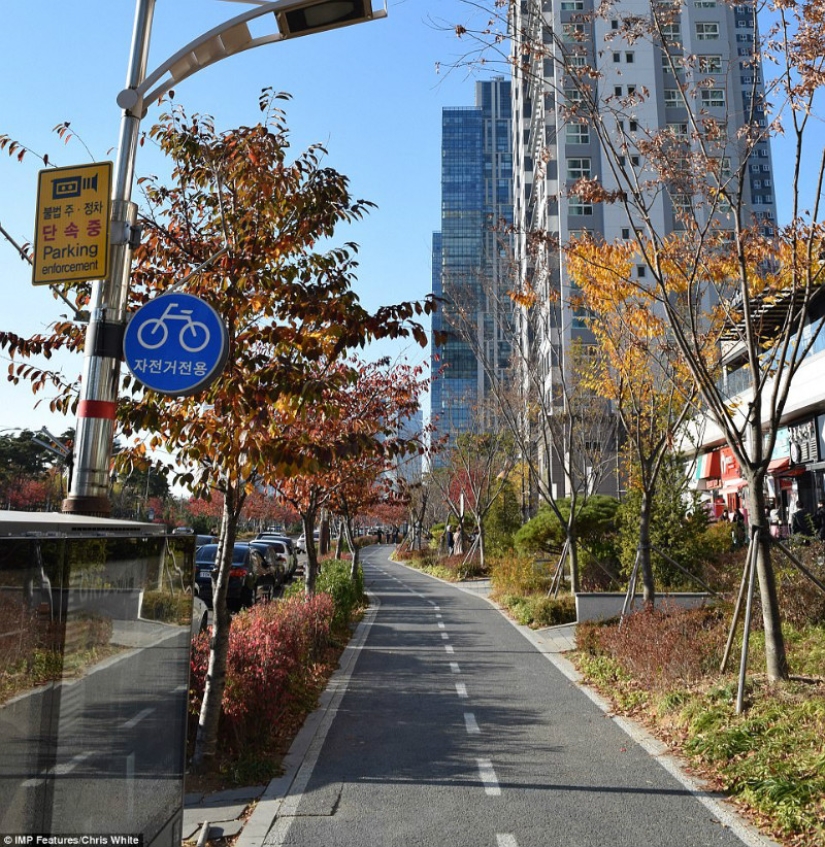
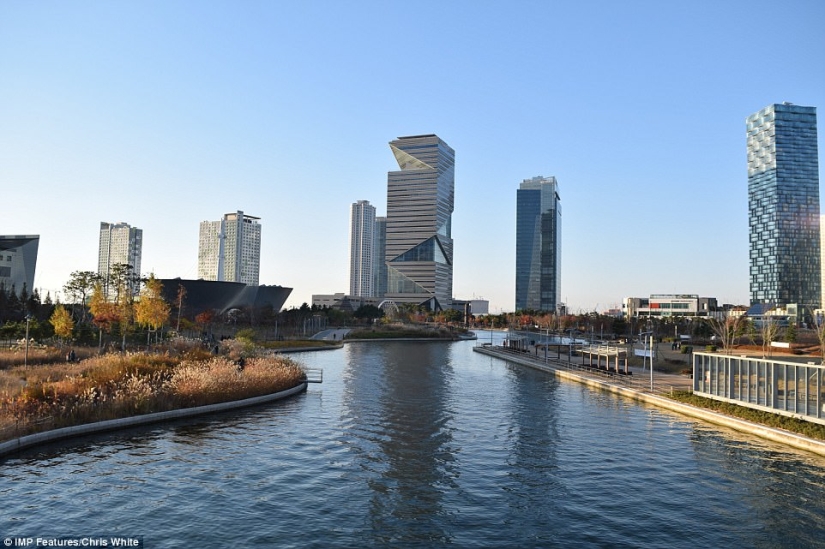
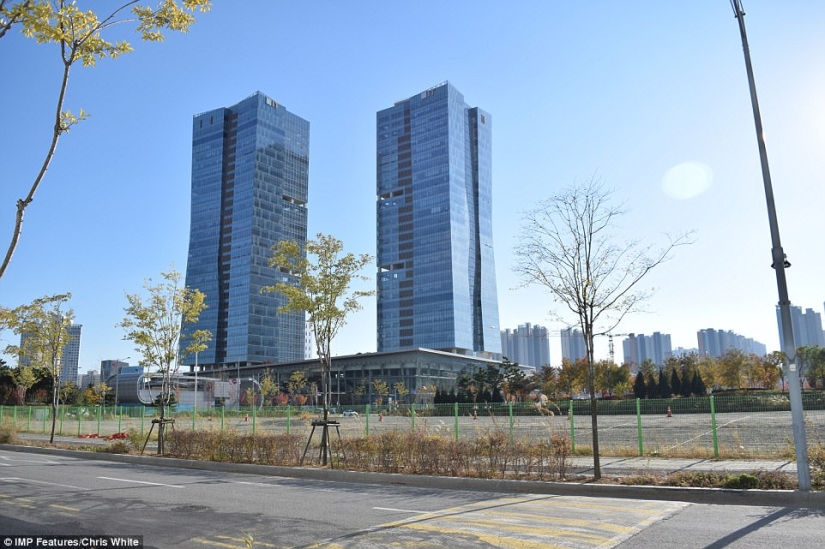
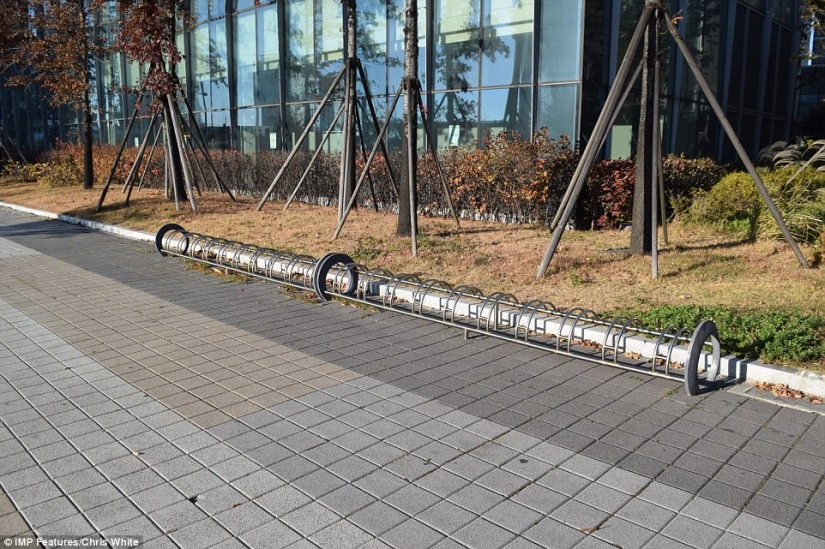

Empty bike paths that were supposed to become the circulatory system of the city, vacant lots, unused computer terminals and a single garbage disposal system that was supposed to collect all the garbage from buildings using pneumatic pipes, sort it and process it into electricity.
Technological solutions made with a view to the future in 2002, far away by modern standards of progress, seem odious: no one today uses street computer terminals for video chat with neighbors, and environmentally conscious residents of large cities more often sort garbage themselves.
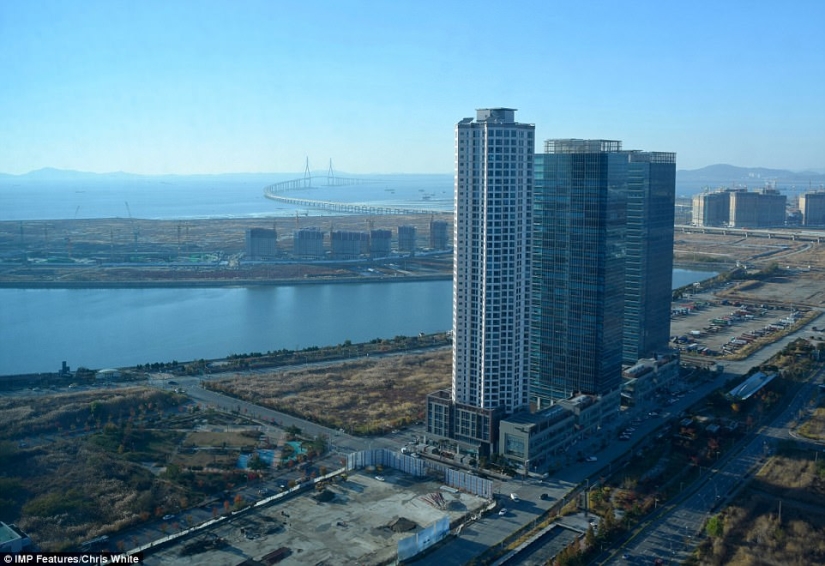
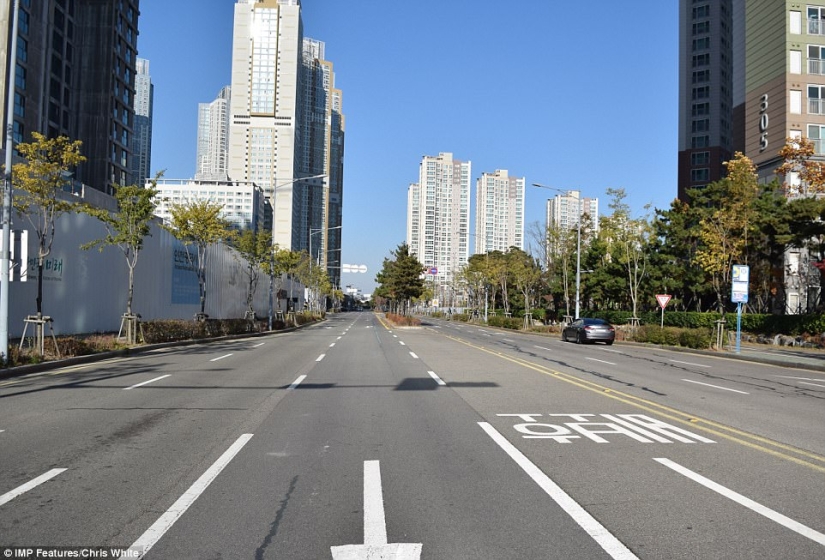
Here is how the blogger described his impressions of the visit for the publication Korea Expose:
Ian James
The blogger added that Sondo resembles Chernobyl rather than the city of the future, and locals complain that there is absolutely no life in the city — no culture, no theaters, no entertainment. All working establishments cost fabulous money, and the invested investors continue to build new areas, designating everything in English in an attempt to attract expats from Europe, New Zealand and the UK to the city.
Recent articles

There are many places in the world where only the chosen ones can be. The cities of Mecca and Medina in Saudi Arabia are well known ...

This collection of photos will clearly please the little inner perfectionist who lives in each of us. It doesn't matter how much ...

If you don't feel good about the donut you ate for lunch, relax - it can get worse ... At least you didn't eat the ...